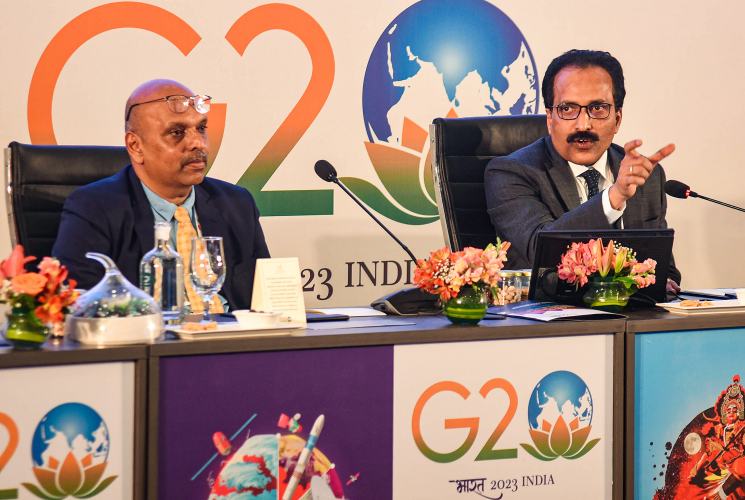
ISRO Chairman S Somnath addresses a press conference ahead of Chandrayaan-3 mission, in Bengaluru, Thursday, July 6, 2023. ISRO announced that the Chandrayaan-3 mission is scheduled to be launched at 2.35 pm on July 14, with the lander expected to soft-land on the surface of the Moon on August 23 or 24. A PTI Photo
BENGALURU (PTI): The Indian Space Research Organisation (ISRO) has announced that its lunar mission Chandrayaan-3 will be launched on July 14 from the space port at Sriharikota in Andhra Pradesh.
ISRO's new heavy-lift launch vehicle LVM-3 will carry out the Moon mission.
"Announcing the launch of Chandrayaan-3: LVM3-M4/Chandrayaan-3 Mission: The launch is now scheduled for July 14, 2023, at 2:35 pm IST from SDSC (Satish Dhawan Space Centre), Sriharikota," ISRO tweeted.
The Chandrayaan-3 mission carries scientific instruments to study the thermophysical properties of the lunar regolith, lunar seismicity, lunar surface plasma environment and elemental composition in the vicinity of the landing site.
While the scope of these scientific instruments on the lander and the rover would fit in the theme of "Science of the Moon", another experimental instrument will study the spectro-polarimetric signatures of the Earth from the lunar orbit, which would fit in the theme of "Science from the Moon", according to ISRO officials on Thursday.
In March this year, the Chandrayaan-3 spacecraft successfully completed the essential tests that validated its capability to withstand the harsh vibration and acoustic environment that the spacecraft would encounter during its launch.
These tests were particularly challenging, considering the fact that the Chandrayaan-3 spacecraft, which will be launched by LVM3 (Launch Vehicle Mark-III) (earlier referred to as GSLV Mk III), is a composite of three modules -- propulsion, lander and rover.
The propulsion module, which has Spectro-polarimetry of Habitable Planet Earth (SHAPE) payload to study the spectral and polarimetric measurements of Earth from the lunar orbit, will carry the lander and rover configuration till 100 km of the lunar orbit.
The lander payloads are: 'Chandra's Surface Thermophysical Experiment' to measure the thermal conductivity and temperature; 'Instrument for Lunar Seismic Activity' for measuring the seismicity around the landing site; and 'Langmuir Probe' to estimate the plasma density and its variations.
A passive Laser Retroreflector Array from US space agency National Aeronautics and Space Administration (NASA) is also accommodated for lunar laser ranging studies.
The rover payloads are: 'Alpha Particle X-ray Spectrometer' and 'Laser Induced Breakdown Spectroscopy' for deriving the elemental composition in the vicinity of the landing site.
The lander will have the capability to soft land at a specified lunar site and deploy the rover which will carry out in-situ chemical analysis of the lunar surface during the course of its mobility.
The main function of the propulsion module is to carry the lander module from launch vehicle injection till final lunar 100 km circular polar orbit and separate it.
Apart from this, the propulsion module also has one scientific payload as a value addition, which will be operated post separation of the lander module.
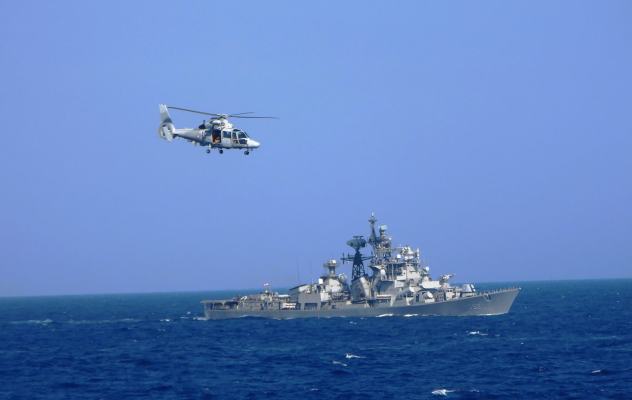 Previous Article
Previous Article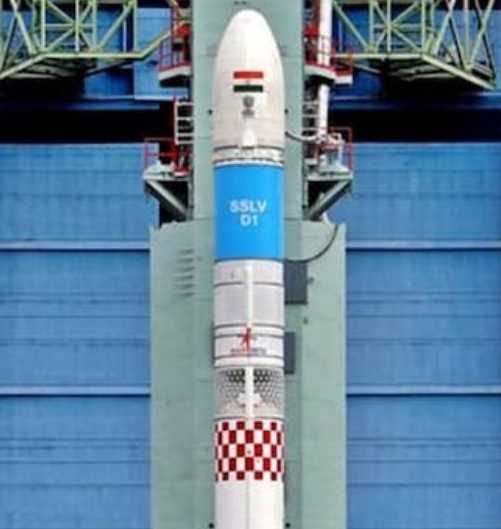 Next Article
Next Article


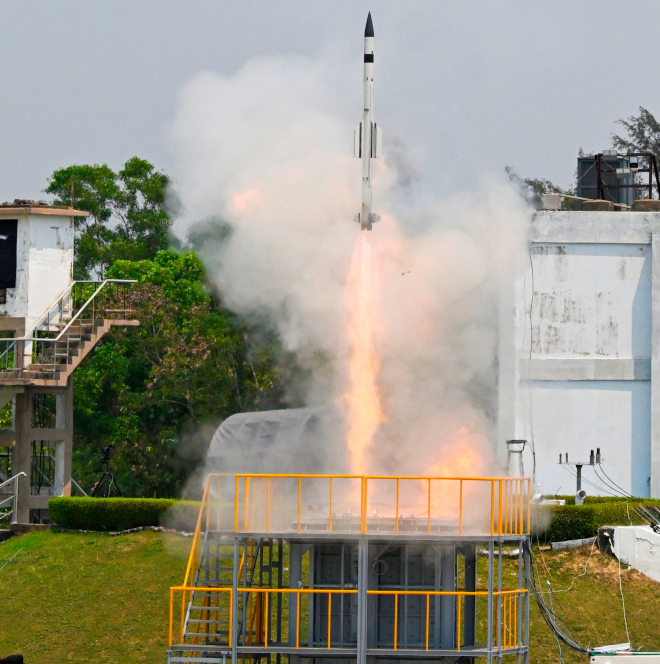

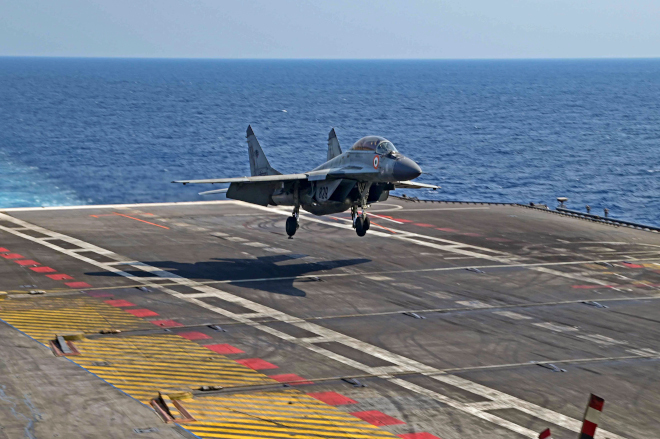
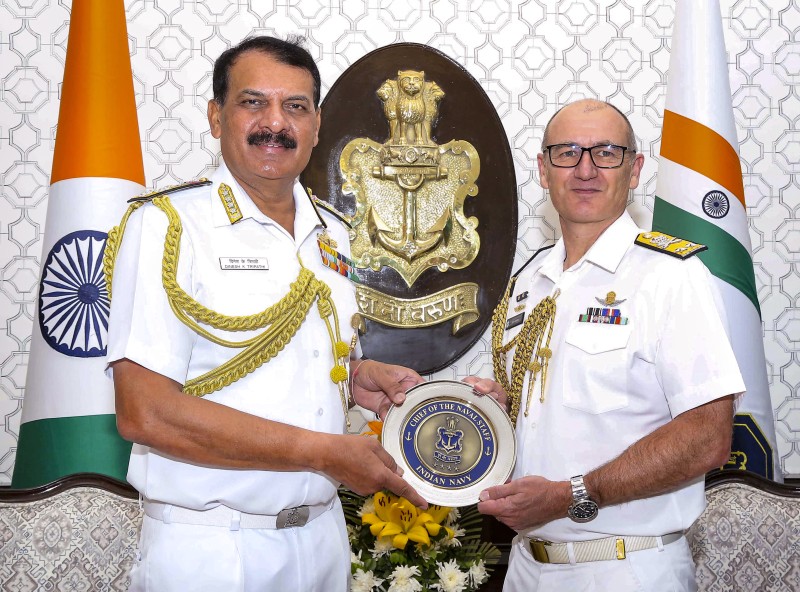

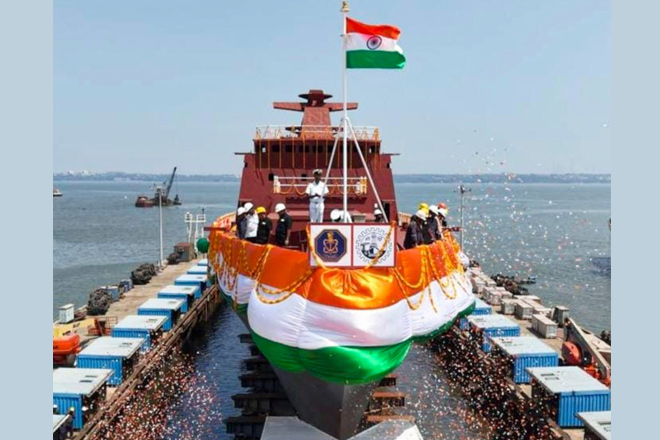





The Indian Air Force, in its flight trials evaluation report submitted before the Defence Ministry l..
view articleAn insight into the Medium Multi-Role Combat Aircraft competition...
view articleSky enthusiasts can now spot the International Space Station (ISS) commanded by Indian-American astr..
view article